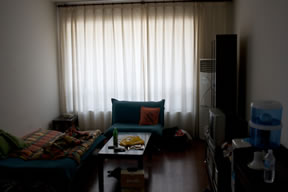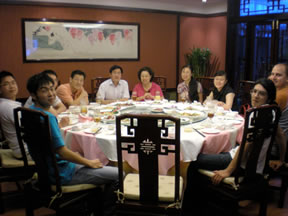

2008 Report - Chengdu
Introduction // Beijing // Chengdu // Conclusion
Flight and Arrival
After 21 days in Beijing it was time to head off to Chengdu. Chengdu is in the Southwestern province of Sichuan about 1200 miles from Beijing. We were taken to the airport in a large van/small bus. The airport was much busier than when we arrived in China and you could see the preparation for the Olympics were finalized. Security seemed a little stricter than when we arrived although we had no problems. They were more thoroughly checking people’s bags and using the metal detector wand on a lot of people.
Once we made it through security we had about an hour to waste. While waiting to board we had a coffee and caught up with Prof. Wang since we hadn’t seen him in a couple weeks. It’s interesting how coffee is one of the few things in China that cost the same as it would in the USA.

Figure C.1: On our way to UESTC!
The flight was about 2 hours and really bumpy, but we made it to Chengdu safely! The airport in Chengdu was so much smaller and older than the Beijing airport, but just as efficient. Our luggage was waiting for us along with our host students when we arrived at the carousel. We had two host students, Zhang (John) Yuzhe and Wang! They we both very helpful from the time we first met them. They helped us with our bags and led us to a large van to take us to our apartments.
The drive from the airport to our apartments was very different from our first drive through Beijing. Firstly, the buildings were clearly older and not as large as those in Beijing. Secondly, along the route to the apartments there was car dealership after car dealership lining the highway. We saw dealerships for cars we never saw in Beijing such as Porsche and Mini Cooper. The last major thing that was apparent was the much lighter traffic.
Figure C.2: One of the apartments
We arrived at our apartments and were all surprised at the size of our apartments. Robert and Mike shared one apartment while Israel and Margaret shared the other. Each apartment consisted of a large bedroom with a queen size bed, a living room with futon, a computer room, a bathroom, and a kitchen/laundry room. Each apartment had a TV with cable that included 5 English-speaking channels which was nice to have.
Figure C.3: Welcome Dinner with Dean
and Professor from UESTC
Welcome Dinner
After we settled in for a few hours it was time to head over for our welcome dinner. We went to a nice restaurant in a hotel about a 1/2-mile from our apartments. The dinner was held in a private dining room with the four of us, our 2 host students, Prof. Wang, and 5 other department heads/administrators. The dinner consisted of about 20 different dishes all of which were new to us. The food was quite amazing and it was nice getting to know the host students and administrators.
After dinner we walked back to our apartments and got a tour of the campus on the way back. The campus was much smaller than Tsinghua was but this is the old campus. There is a new campus which we visited later in the week. Walking back to the apartment we could see how much more green Chengdu is than Beijing. There were trees everywhere and there was a river that flows between the campus and the apartments that we stayed in. If it weren’t for the heat and humidity the city would be a dream destination.
Wuhou Memorial Temple
The next day we were off to do a little site seeing. Our host took us to Wu Hou Memorial Temple. It is a memorial to Zhuge Liang a famous military and political strategist of the Shu Kingdom. He lived during the Three Kingdoms period. It was very interesting to see all the statues of the famous advisors and generals of the period. We had a tour guide while we visited the temple and she provided us with so much information about the time period and the significant of the shapes and colors of the statues.
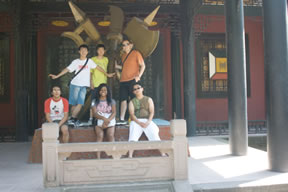
Figure C.4: Our host students with us at
Wuhou Temple
Jin Li Street
After leaving Wuhou Temple we headed over to Jin Li street which is a street that has been constructed to resemble an old Chengdu street. The street is rather touristy but was a lot of fun to see. There were lots of shops selling traditional style Chinese arts and crafts. We walked through the street checking out all the different crafts being sold and just enjoying the ambiance. We really started to notice the lack of western tourist in the city and how we stuck out.
It was interesting how the vendors in Chengdu were not as aggressive as those in Beijing were. They seldom approached you about an item unless you showed genuine interest.

Figure C.5: At the entrance of Jin Li street
Pandas
Chengdu is known for being the home of the panda and so we went to the Panda Breeding and Research Center. The day was rather hot and extremely humid so we were a little uncomfortable starting out the day. It seemed that we weren’t the only ones because most of the pandas were hiding away in there cages where they have air conditioning. We were only able to see a few pandas because their cages had very limited access for visitors. As we sat down for lunch the sky opened up and it began to thunder. We were planning on going to get our pictures taken with a red panda but because of the rain they had stopped the pictures for the day. We were a little disappointed because it would have been so much fun to be able to hold a panda and get a picture with one.

Figure C.6: Our group at the entrance of
the Panda Research Center
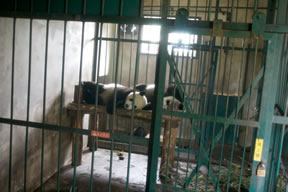
Figure C.7: Pandas were indoors due to the
high temperatures outdoors.
UESTC New Campus
UESTC has both the old campus and a new campus. The old campus is located in Chengdu and the new campus is located outside the city center. To get to the campus we had to take a bus for about 30 minutes. The new campus only opened in the last year so it is still a little empty of trees and such but it is much larger than the old campus. As we were walking around the campus taking a tour we noticed a lot of buildings had what looked like damage from the earthquakes. After I asked we were told that the damage was actually done by the engineers to check the integrity of the buildings after the earthquake. They said that there was no significant damage to any of the buildings.
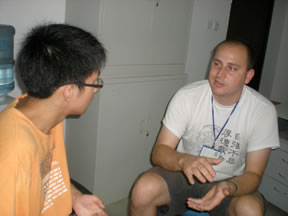
Figure C.8: Mike interchanging ideas with
graduate students at UESTC
Cultural exchange with UESTC students
After touring the campus we met with a group of graduate students and had a little cultural exchange. We talked about or lives in the USA and asked them about theirs. It was very interesting. The students asked us to stay and go into a local town for dinner. The town was rather small and we went to one of the many hot pot restaurants. This was our first of many ”hot pot” experiences in Chengdu and it was great.

Figure C.9: Eating with grad students
We ate whole fish, beef, beef stomach, pork, pork intestine, and many more types of meat and vegetable. The hot pot was very spicy but in a much different way than most Americans think of spicy. This spicy had a numbing effect on your tongue and the effects goes away rather fast after you stop eating.
Mahjong
In Chengdu you see a lot of people playing Mahjong. Mahjong is a game played with tiles but is much like a card game. Because we saw so many people playing mahjong we decided that we wanted to play. One night we went with our host to a local teahouse and learned how to play mahjong. We picked it up rather quickly and then our host suggested that we call out the played tiles in Chinese. Each tile has a number from 1 to 9 and a type so we were able to learn numbers in Chinese by the end of the night.
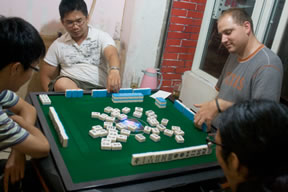
Figure C.10: Us learning how to play
mahjong
Mount Emei
One of the main outdoors tourist attractions of Chengdu area, specifically Sichuan, it's Mount Emei. Mount Emei is about 3 hours away from Chengdu. There are four sacred Buddhist Mountains in China, Mount Emei account for one. Among other reasons that Mount Emei is known is because of its 10,167 feet of elevation. Due to its vast cultural history, in 1996, Mt. Emei was made a UNESCO World Heritage site.
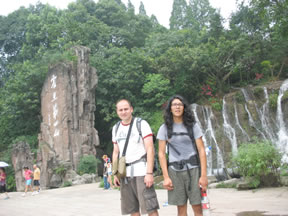
Figure C.11: Mike and Israel are about to
start hiking up the mountain
Even before going to China Mike and Israel knew about Mount Emei and were really excited to hike it. Once we got to China, we asked our host students about the possibility to go visit it. The initial plan was to spend 3 days to hike the mountain up and down. After many calls to professors for permission, we were granted 2 days. Margaret and Robert decided to explore the city rather than hike many and many miles. Once we got a set date and a timetable of how much we had to walk to make everything on time, Mike, Israel, and host student, John were ready to conquer mount Emei.
We took a bus from Chengdu to the countryside were the mountain is located. It took around 4 hours to get there. Once we got there we had to take a van service to take us to the actual mountain. We did not have any time to eat, so we were eating out of our packs. After we arrived to the actual mountain, we decided to take a popular trail because it's known that monkeys always wonder around that area. We walked about 2 hours into the mountain to finally see them. This was a very unique experience, because we were able to fully interact with monkeys. These monkeys are very smart. They know that a lot of people have food or beverages and if you're not careful about your belongings, monkeys can take them away. Fortunately, the host student, John, warned us before we got to the monkey area. We bought some monkey food, before arriving to the area, and were able to feed the monkeys from our hands. It was a once in a lifetime experience. While we were hiking on this trail we were amazed by the amount of water and greens that surrounded this trail. There were some amazing sceneries and Buddhist temples that we were able to snapshot and visit.
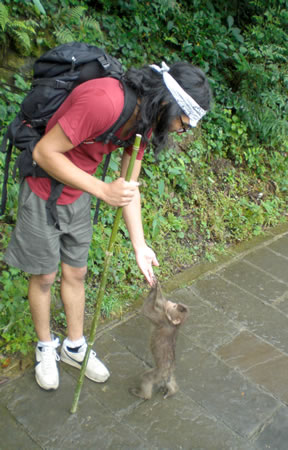
Figure C.12: Israel petting a monkey
Since a lot of people go visit this mountain, there is bus transportation that takes you almost to the top of the mountain. We decided that this was our best choice to be able to have time to hike down the next day. As we were ascending we saw beautiful waterfalls and scenery that we have never seen before. Once we got to the highest point a bus can go, it was already sunset. When we got there, the temperature had dropped 15 to 20 degrees in comparison to the high temperature of Sichuan area. We proceeded to find a hotel, and the host student, John, decided that it was a better idea to go alone to find a better price for a room. This is very common in China, to inflate the prices for foreign tourists that can't speak the language. John found us a good deal for a three-bedroom room. After we checked-in we had our first actual meal of the day. It was the most delicious beef noodles that we've had! As midnight was approaching, the temperature kept going down. Luckily, we found a place were they rented jackets for very little. We all got a jacket and were ready to go to sleep and wake up early to start our hike up to the top. Before going to sleep, a very unlikely thunderstorm started and the lights went out. It was time to go to sleep.
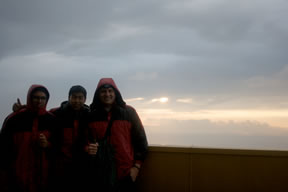
Figure C.13 Waiting for the sunrise at the
summit of the mountain
Next day we woke up at 3:40 AM, and it was still raining. One of the most beautiful attractions at the peak of the mountain is to see the sunrise. You can see it at eye-level coming up amongst the clouds. We were determined to see the beautiful sunrise. So this rain did not stop us from being excited about hiking up. We started hiking at 4 AM, it was still completely dark and the thunderstorm was still coming down. As we were hiking up the temperature kept going down. It was definitely a good investment to rent those jackets! After 2 hours, we finally were at the peek of the mountain! We made it! There is a temple at the top and a very huge Buddha that we didn't loose the opportunity to take a picture with it. While we were waiting we were freezing because on top of the low temperature our shoes were soaking wet because of the rain. Few minutes passed by and we caught the amazing sun coming amongst the clouds. We were ready to head down to our hotel, dry ourselves, have a good breakfast, and start hiking down for more adventure.
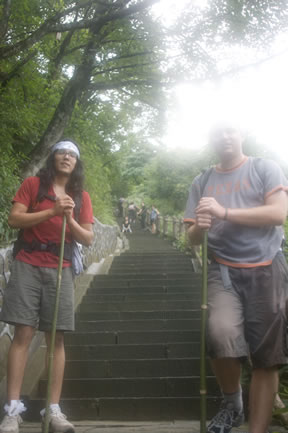
Figure C.14: Mike and Israel hiking down
We started our journey down the mountain with some more beautiful scenery and it never stopped. The hike down was mainly stairs. Stairs would go for meters and meters down and some very steep. On our way down we saw different temples were monks live. We also saw an interesting business there; some people don't want to walk up or down the mountain, so there are people, in partners, that can take you on a ladder-type, with a seat, on their shoulders down or up the mountain. As we were coming down, we, once again, saw a group of monkeys on the trail. These monkeys seemed less aggressive and friendlier. We couldn't waste our chance to snap some pictures with them. After 5 hours of hiking down, Mike's knee started to bother him so we decided to take the closest cable car down, which was about an hour away from where we were.
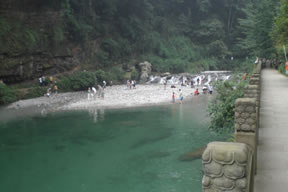
Figure C.15: Beautiful landscapes on our
way down the mountain
This was definitely an awesome experience and we were all satisfied because mount Emei not only met our expectations but exceed them. Mike and Israel have hiked different mountains in California, but this was a completely different experience and scenery.
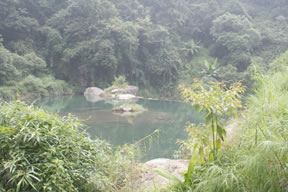
Figure C.16: An amazing natural beauty
English lecture at a Junior High School
We had the opportunity to go to a Junior High School and talk to them, during their English class, about American life. Mike and Robert went into a classroom while Margaret and Israel took over another classroom. We talked to students about our lives in the American culture and they told us about their lives. At first they were a little bit shy but as soon as they realized that we were fun, just like them, they opened more and we were able to have a conversation.
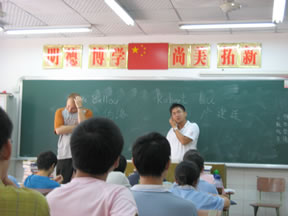
Figure C.16: Mike and Margaret talking to
junior high students.
It was really interesting to see their perception towards American culture. Particularly, it is interesting to notice the huge influence Hollywood has over other cultures and how they perceived American based on movies. Consequently, we explained them how everyday American culture is and the truths and lies in Hollywood.
Chengdu Lab
Our lab in Chengdu consisted of 4 days of 4 hours in the lab. The first three days we worked 4 straight hours and the last day we had two 2-hour sessions. Professor Li led the lab. The first day of lab consisted of building an oscillator circuit using a 555 timer. This is a very common circuit used in many applications. We had to vary the values of the capacitors and resistors to set the frequency of the circuit. We each settled with something between 3Hz and 20Hz.
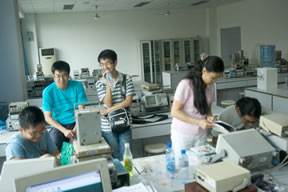
Figure C.17: Everyone working hard trying
to debug those pesky circuits!
We then built an additional circuit that used a counter IC to build a circuit that when combined with the timer would create a series of pins with fluctuating outputs. These outputs were used to drive a series of LEDs which we were allowed to be creative with. After debugging our circuits we moved our circuits from breadboards to circuit boards. This required a lot of soldering, which most of us had little experience with. I don’t think any of us realized how much skill was involved in soldering some of those pins.
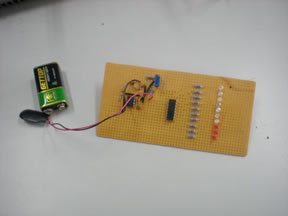
Figure C.18: One of the finish circuits on
PCB Board
Each of us soldered our boards and nothing seemed to work but after a little debugging each of us got it up and running. Most of the problems seemed to be grounding issues. The lab seemed to be a little easy but gave us a little experience with some hands-on circuit building, which I think each of us needed.
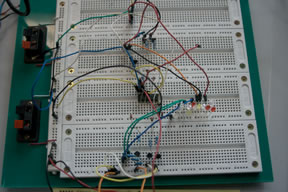
Figure C.19: One of the circuits still on the
breadboard
Introduction // Beijing // Chengdu // Conclusion
(c) 2009 University of Califronia, Riverside
Website Design by Cody Lewis
